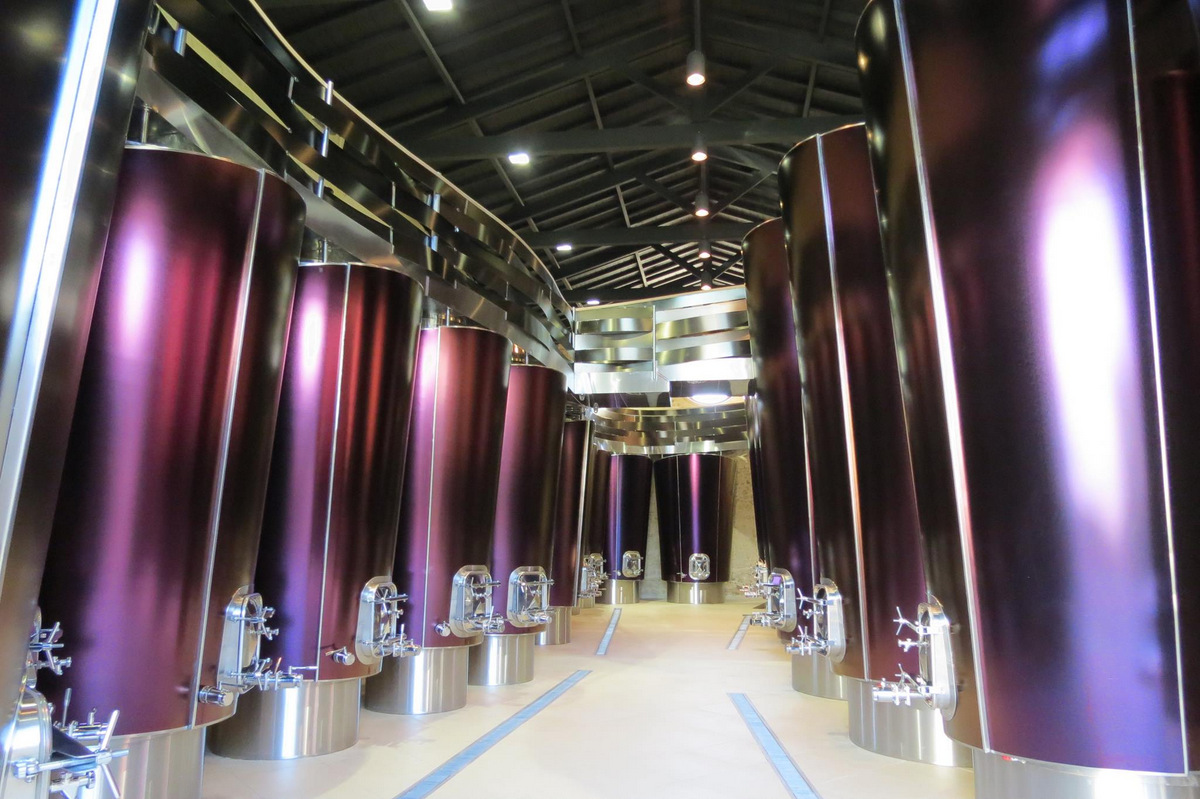Tasting Notes: The 2012 Vintage Bordeaux of The Unions Des Grands Crus

Photos courtesy the Chateaux
The annual Unions des Grands Crus Bordeaux tasting in San Francisco is one of my favorite tastings of the year. It is where I can discern the true potential of any vintage because of the producers’ excellent terroirs and fine-tuned ability to adapt to the weather conditions. Despite the challenging 2012 vintage, which saw a cool, wet spring, a dry, sometimes hot summer and wet autumn, the wines are truly expressive. Here’s just a sample of my favorite wines.
The Left Bank

Yes, it was a very good year for early-ripening Merlot with most grapes harvested before the heavy October rains. But even on the Left Bank late-ripening Cabernet Sauvignon performed well in the best plots, such as in the well-draining Garonnais gravel soils at Chateau Gruaud Larose in Saint-Julien. In addition, according to David Launay, they practiced severe sorting of the grapes at harvest, fermented at cooler temperatures and shortened maceration. I loved this wine. It’s a classic Bordeaux with fine intensity of fruit and beautiful balance, with a delicious spiciness from the 7% of Petit Verdot that made the polished tannins positively dance in my mouth.

Further South in the Graves, Chateau Carbonnieux also enjoys excellent terroir being at the highest point in Pessac-Leognan with vineyard slopes of deep gravel over clay. The Benedictine Monks were the first to recognize the quality of the location and wines have been made here continuously since the 13th century. In 2012, according to family member Eric Perrin, they increased the amount of Merlot in this vintage to 35% vs. the typical 25-30%. I loved the purity of black currant fruit, balance and length on this wine, and the fine structure.
The Right Bank
There were wonderful wines from all sides of the Saint-Emilion limestone plateau, showcasing Merlot but revealing very different personalities based on the specific terroir, accent grape varieties and winemaking. I loved the rich fruit-driven, plush wines of Clos Fourtet and Chateau Troplong Mondot, both about 90% Merlot with the added intensity of Cabernet Sauvignon.

The Finesse of Cabernet Franc
I’ve always loved Cabernet Franc and the grape performs exceptionally in the limestone and clay soils of Saint-Emilion. It adds some of the character, structure and age-worthiness of Cabernet Sauvignon to the blend but ripens a bit earlier. At Chateau Franc Mayne, it added freshness and elegance to the wine.

Chateau La Gaffeliere has been increasing the amount of Cabernet Franc every year according to winemaker Damien Bielle due to global warming and for the freshness it adds to the Merlot, in 2012, it was about 20% of the blend. The Malet Roquefort family has owned this Chateau since 1611, making them one of the oldest winemaking families in Saint-Emilion. The vineyards lie on the direct south-facing slopes of the medieval village which yield intense dark fruit that doesn’t mask the subtle complexity in the wine – bit earthy, hint licorice, cedarwood. A savory Saint-Emilion.
Another favorite was Chateau Trottevieille which was almost half Cabernet Franc, almost a record in Saint-Emilion said Jerome Thienpont. The Chateau is named after the elderly lady of the house centuries ago who used to “trot” out to the stagecoach-stop to get her daily dose of news.

In Pomerol, there’s less limestone and more deep clays and gravels, leading to a more powerful expression of Merlot. Chateau Gazin finished the Merlot harvest October 4, before the heavy rains and the grapes were perfectly ripe. They made a 100% Merlot in 2012 full of ripe dark fruit and generous but refined tannins, but it was the freshness that I really loved, perhaps due to the crasse de fer traces of iron oxides in the clay soils.

I loved exploring the unique expressions of Pomerol arising from the diversity of clays, gravels and sandy soils from the Pomerol plateau. At Chateau Clinet, 9% of Cabernet Sauvignon added complexity to the Merlot while at Chateau Beauregard, Cabernet Franc added freshness, elegance and floral notes to the wine.
For more information on the Unions des Grands Crus and Bordeaux, visit their websites.
